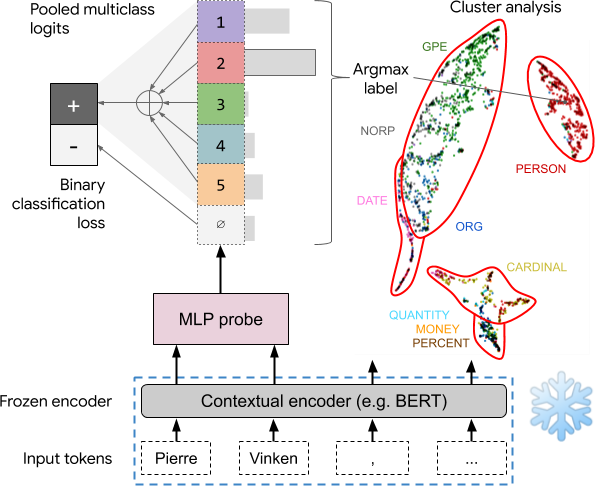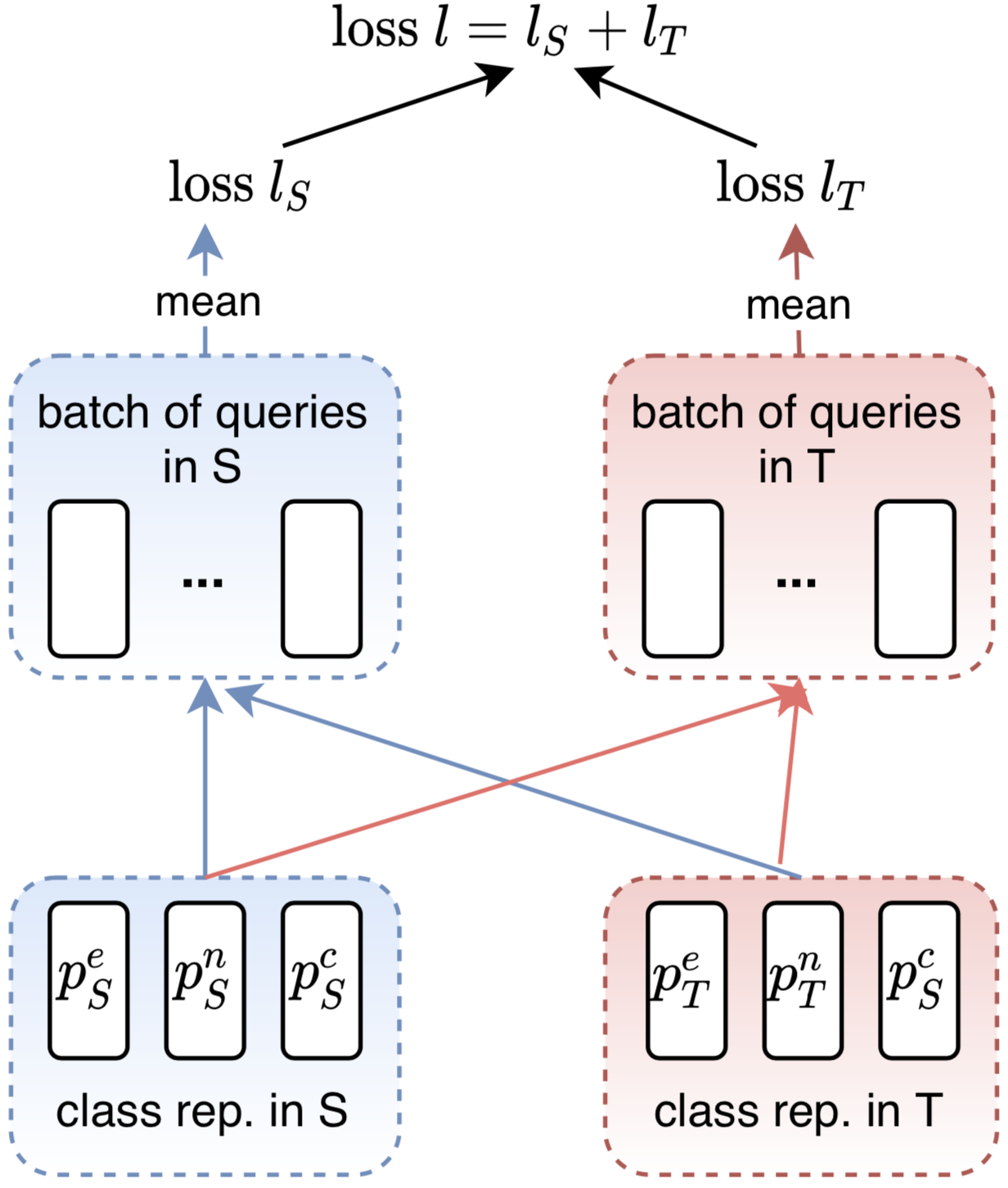Domain-Specific Lexical Grounding in Noisy Visual-Textual Documents
Gregory Yauney, Jack Hessel, David Mimno
Language Grounding to Vision, Robotics and Beyond Short Paper

You can open the pre-recorded video in a separate window.
Abstract:
Images can give us insights into the contextual meanings of words, but current image-text grounding approaches require detailed annotations. Such granular annotation is rare, expensive, and unavailable in most domain-specific contexts. In contrast, unlabeled multi-image, multi-sentence documents are abundant. Can lexical grounding be learned from such documents, even though they have significant lexical and visual overlap? Working with a case study dataset of real estate listings, we demonstrate the challenge of distinguishing highly correlated grounded terms, such as ``kitchen'' and ``bedroom'', and introduce metrics to assess this document similarity. We present a simple unsupervised clustering-based method that increases precision and recall beyond object detection and image tagging baselines when evaluated on labeled subsets of the dataset. The proposed method is particularly effective for local contextual meanings of a word, for example associating ``granite'' with countertops in the real estate dataset and with rocky landscapes in a Wikipedia dataset.
NOTE: Video may display a random order of authors.
Correct author list is at the top of this page.
Connected Papers in EMNLP2020
Similar Papers
XL-WiC: A Multilingual Benchmark for Evaluating Semantic Contextualization
Alessandro Raganato, Tommaso Pasini, Jose Camacho-Collados, Mohammad Taher Pilehvar,

Asking without Telling: Exploring Latent Ontologies in Contextual Representations
Julian Michael, Jan A. Botha, Ian Tenney,

Universal Natural Language Processing with Limited Annotations: Try Few-shot Textual Entailment as a Start
Wenpeng Yin, Nazneen Fatema Rajani, Dragomir Radev, Richard Socher, Caiming Xiong,

